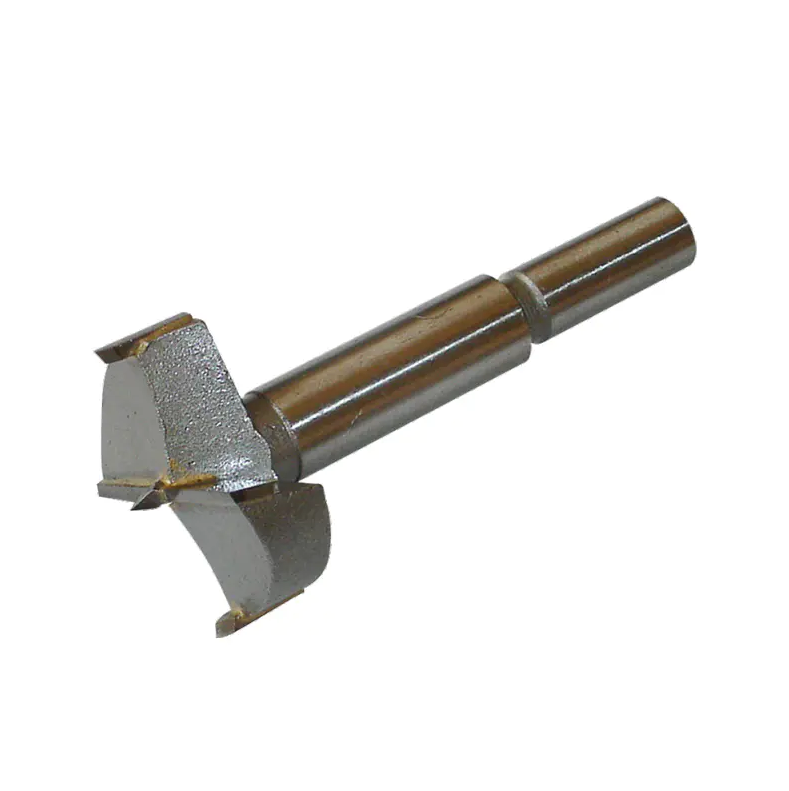In recent years, the conversation around drilling tools has shifted from simple durability to multi-material adaptability, workflow stability, and consistent performance in diverse environments. Within this changing landscape, the Hole Saw Cutter has gained renewed attention as industries seek solutions that simplify cutting tasks without compromising precision. This shift is reflected in the growing interest in brands such as fangda-tools, which continue to appear in trade discussions focused on productivity and material flexibility.

How Does the Hole Saw Cutter Improve Cutting Efficiency Across Multiple Materials?
Drilling work in construction, renovation, facility maintenance, and workshop environments continues to expand across surfaces that demand stability and clean cutting. As businesses handle a wider range of substrates, operators look for tools that maintain dependable performance with minimal interruption. The fangda-tools Hole Saw Cutter enters this conversation by offering engineering aimed at maintaining consistent motion and clear chip removal, two aspects essential for reducing heat build-up and supporting extended use.
1. Adaptability to Mixed-Material Tasks
In industrial and field settings, workers may transition from softwood to sheet metal or from composite boards to thin alloy surfaces. A tool that manages these transitions without requiring frequent equipment changes helps reduce downtime. The design principles behind the product aim to support these mixed-material workflows by maintaining steady cutting paths and improved tooth geometry that handles different densities with less resistance variation.
2. Support for Long, Stable Cuts
Efficiency is not only about speed but also about rhythmic performance. When workers cut openings for pipes, wiring channels, ventilation components, or fixture mounting points, a predictable cutting motion prevents unnecessary strain on both operator and machine. The tool's structure helps maintain balance, which contributes to smoother progress through the workpiece. This promotes a cleaner, more controlled result while reducing the chance of tool walking or surface scratching.
3. Reduced Material Tear-Out
Whether creating openings in construction panels or assembling cabinetry components, tear-out is a common issue. Hole saws built with attention to uniform tooth spacing and controlled chip evacuation can help mitigate these issues. This becomes particularly important in renovation work where aesthetic finish matters as much as structural function.
4. Continuous Cutting Flow
Another factor contributing to efficiency is uninterrupted cutting. The internal architecture of the tool assists in carrying debris out of the hole, minimizing clogging. While the operator must still adjust technique depending on the material, the tool design helps maintain airflow and chip clearance, which in turn allows for longer, cleaner drilling cycles.
How Do You Pick the Right Hole Saw — Is the Hole Saw Cutter Your Best Option?
Selecting the correct tool for multi-industry tasks requires looking beyond traditional specifications. With growing demands in construction and manufacturing, users now consider versatility, lifecycle stability, and compatibility with various drilling machines. The Hole Saw Cutter category offers solutions designed to reduce the number of tools required across a project.
Below is a general comparison framework that professionals often use when deciding among available options, including whether a product matches their needs:
| Evaluation Point |
What It Means in Real Use |
Why It Matters |
| Material Range |
Ability to handle wood, metals, and composites |
Reduces time spent switching tools |
| Tooth Design |
Geometry affects smoothness and stability |
Influences cut cleanliness and operator comfort |
| Compatibility |
Fit with different drills and workstations |
Enhances flexibility in varied job sites |
| Heat Management |
Helps control temperature and extend tool lifespan |
Important for continuous cutting sequences |
| Chip Removal |
Internal clearing efficiency |
Reduces clog risk and maintains rhythm |
| Surface Finish |
Quality of cut edge across materials |
Affects aesthetics and safety of project results |
Using this framework, tradespeople can determine whether the model from fangda-tools matches their expectations. It typically fits users who focus on material diversity and consistent performance over long project durations.
When the Hole Saw Cutter Makes Sense
While each operator's environment is different, this tool is commonly discussed in settings where crews frequently shift between materials, such as:
- Electrical installation teams
- Plumbing contractors
- HVAC technicians
- Furniture or interior fixture manufacturers
- General renovation crews
- Industrial maintenance units
In these fields, the value of a single tool that manages a wide material spectrum becomes increasingly noticeable.
What Common Drilling Challenges Can the Hole Saw Cutter Help You Solve Easily?
Modern cutting projects frequently encounter a list of repeating obstacles. By understanding how a tool helps mitigate these issues, buyers can make more informed decisions.
1. Unstable Cutting Path
Wobbling or drifting during drilling can damage the workpiece or create uneven edges. The structural form of the fangda-tools option aims to reduce this by enhancing steadiness, allowing the operator to maintain direction even when starting holes on smooth or curved areas.
2. Material Hardness Variation
A project may involve alternating between softer and harder surfaces. This inconsistency can slow progress or cause excessive friction. Thoughtfully shaped tooth patterns help the hole saw maintain a manageable bite, promoting consistent progress.
3. Overheating Due to Continuous Cutting
Extended operation inevitably generates heat. A design that encourages steady chip removal and airflow helps manage temperature more effectively. While users should still control speed and pressure, the tool assists in preventing prolonged heat accumulation.
4. Time Lost Switching Between Tools
One of the most frequent annoyances in construction and workshop settings is the need to swap out blades whenever the material changes. A hole saw that handles multiple substrates helps reduce this disruption. This does not eliminate technique adjustments, but it simplifies the workflow.
5. Surface Chipping or Rough Edges
A refined cutting edge is important for installations involving visible fixtures or precision fittings. By reducing tear-out, the tool minimizes the need for extra finishing or rework, which saves time and supports cleaner assembly results.
Industry Trends Driving the Demand for Better Hole Saw Solutions
Several broader movements within the manufacturing and construction sectors contribute to the rising interest in updated hole saw designs:
A. Growth in Mixed-Material Construction
Modern buildings increasingly combine metals, engineered woods, and synthetic panels. Tools must keep up with these changing demands, and equipment supporting this diversity gains a strong place in toolbox planning.
B. On-Site Workflow Consolidation
Many field technicians aim to minimize the number of items they carry, opting instead for tools with broader purpose. A hole saw capable of working across several surfaces aligns with this preference.
C. Rise of Compact Job-Site Equipment
Portable power tools continue evolving, and accessories must remain compatible while also making use of improved torque delivery. Hole saws designed to maintain balance under variable speed conditions support these trends.
D. Demand for Clean Cut Quality in Interior Work
Interior finishing, cabinetry, acoustic panel installation, and decorative construction often require precise circular openings. Smooth cutting tools reduce the likelihood of edge repair and repainting.
A Deeper Look at Practical Use Cases
Industrial Maintenance
Factories may need openings for conduit installation, pipe routing, or instrument brackets. A hole saw offering predictable performance across different metals supports quick adjustments during repair.
Commercial Renovation
Office upgrades often involve opening drywall, composite boards, or ceiling panels for wiring and ventilation. A multi-material solution reduces downtime when moving between rooms with differing structures.
Home Improvement
DIY enthusiasts working with wooden boards, plastic layers, or thin metals benefit from hole saws that simplify the drilling experience. This makes crafting and remodeling tasks more accessible.
Cabinet and Furniture Manufacturing
Precision matters when installing hardware, hinges, or concealed systems. A stable hole saw helps protect the surface finish and prevents unnecessary sanding or reworking.
Final Thoughts: The Role of the Modern Hole Saw in Today's Projects
As construction and manufacturing evolve, drilling equipment continues to shift from single-purpose designs toward adaptable, stable tools suitable for diverse materials. The Hole Saw Cutter remains central to many workflows that depend on circular openings, whether in industrial facilities or home renovation settings.
For professionals evaluating their options, the fangda-tools model offers characteristics aligned with the broader industry trend toward multi-material cutting efficiency, consistent performance, and reduced task interruption. While each workplace has unique demands, the continued conversation around this tool highlights its relevance in today's fast-moving project environment.








